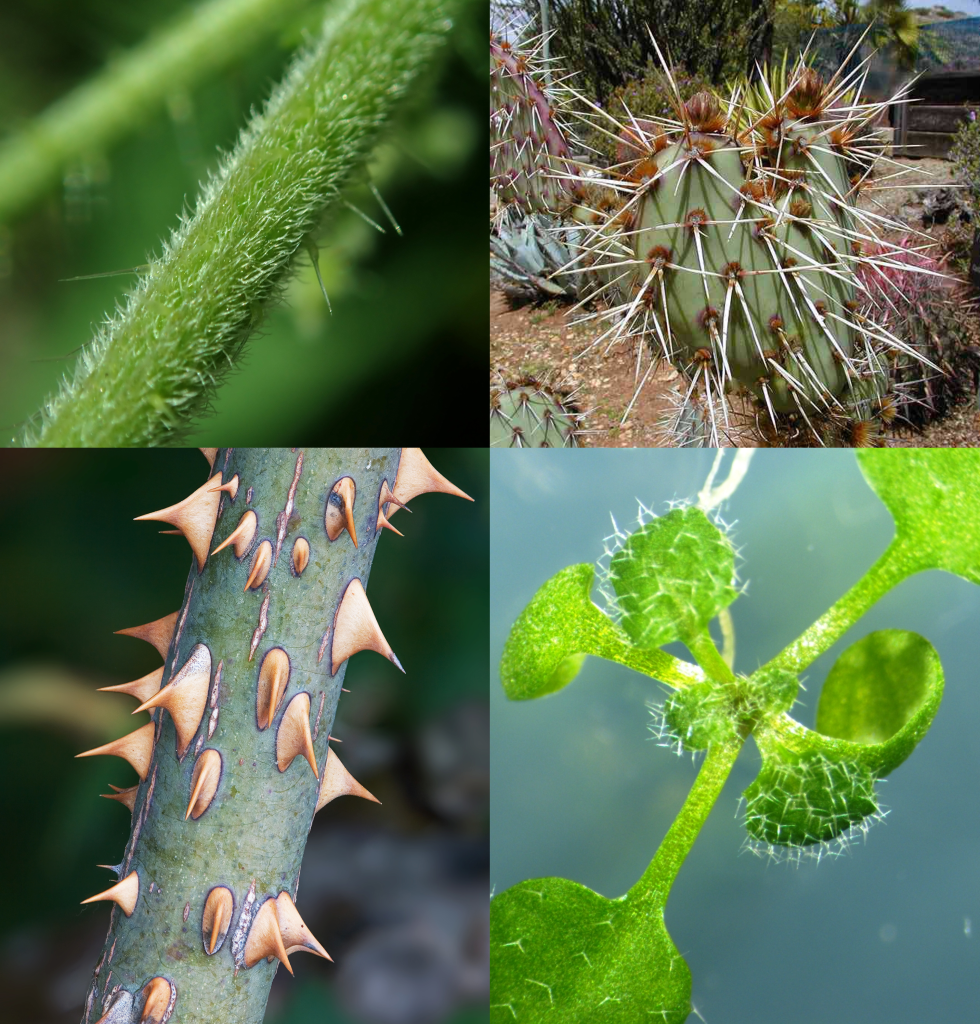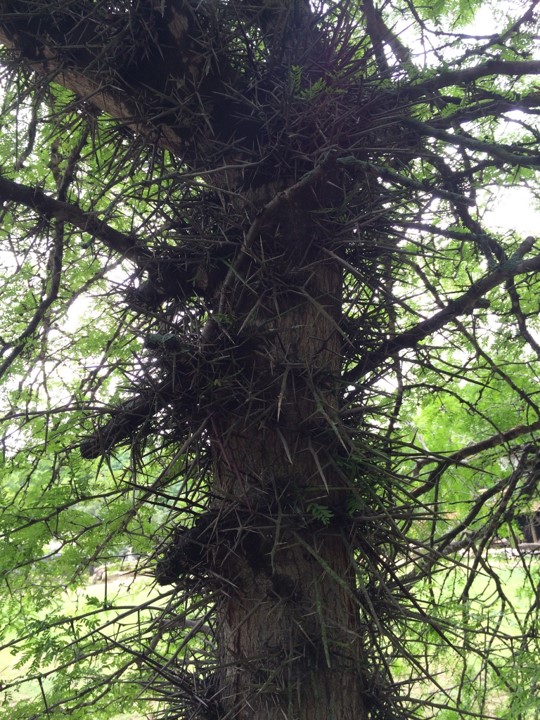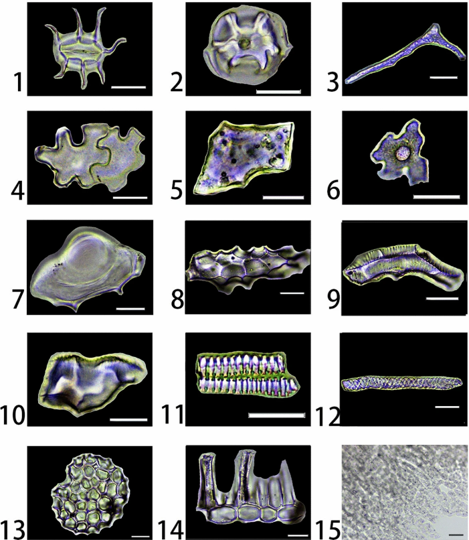Listen to Episode 175 on PodBean, YouTube, Spotify, or wherever you listen to your favorite podcasts!
Herbivores, pathogens, and parasites all present problems for plants, but the plants aren’t just sitting there passively. This episode, we discuss the incredible (and sometimes terrifying) diversity of Plant Defenses.
In the news
These trace fossils are the oldest evidence of deep-sea fish
DNA of Wollemi pines reveals hints of their past and future
Vocal learning in birds is linked to certain other cognitive abilities
New technique uncovers “hidden evidence” of ancient plant technology in the Philippines
Plant Protection
Plants are primary producers, and therefore a great source of energy and nutrition, so they’re commonly targeted by everything from animal herbivores to microbe pathogens. But plants aren’t just sitting there and passively accepting these attacks, they employ a variety of defenses to protect themselves.
Many plant defenses are permanent physical features meant to deter or punish herbivores. These include the rigid cell walls of most plant tissues, as well as the thick bark of trees. But plant weaponry can be much more intimidating, including thorns and spines and hairs, some of which can be extremely painful or even deadly, especially to small insect herbivores.

Top left: Close-up of the stinging cells of stinging nettle, Urtica dioica. Image by Salicyna, CC BY-SA 4.0
Top right: The spines (modified leaves) of a cactus. Image by Jon Sullivan
Bottom left: The prickles (modified epidermis) of a rose. Image by JJ Harrison, CC BY-SA 3.0
Bottom right: Trichomes (leaf hairs) of Arabidopsis. Image by Alena Kravchenko, CC BY-SA 4.0

Other plant defenses come in the form of specific chemicals or proteins. Many chemicals are toxic to bacteria and fungi, serving as antimicrobial compounds to protect from infection. Some chemicals simply taste bad, deterring herbivores from dining further, while others can interfere with the functioning of an herbivore’s body, causing severe health issues. Certain plant toxins are famously deadly, such as ricin (produced by castor beans) and the heart-stopping chemicals of foxglove. And some plant toxins, like caffeine and capsaicin, are paradoxically beloved by humans who get a kick out of their toxic effects.

Left: Rosary peas (Abrus precatorius) produce powerful toxins that can interfere with the DNA of herbivores. Image by Dinesh Valke, CC BY-SA 2.0
Right: Foxglove (Digitalis) produces toxins that can stop an herbivore’s heart. Image by Raul654, CC BY-SA 3.0
There are a variety of other defensive strategies that plants use, including: thickening cell walls at the site of an infection; retracting leaves that are under attack; growing in such a way that the vulnerable parts of the plant are out of reach of most herbivores; incorporating hard crystalline structures into their tissues; and more.

The fossil record of plants provides very little evidence of the history of chemical defenses, but physical defenses are often preserved, including thorns, leaf hairs, thickened tissues, and more. Fossil evidence of herbivory and plant pathogens goes back to the very earliest land plants, and throughout their evolutionary history, there is evidence of an ongoing “arms race,” where plants evolve defenses and then herbivores and pathogens evolve adaptations to overcome those defenses, and so on.

Right: Petrified wood, showing thick bark. Image by James St. John, CC BY 2.0
Learn more
An Overview of Plant Defenses against Pathogens and Herbivores
Oldest fossil evidence of latex sabotaging behavior by herbivorous insects (technical, open access)
Insect herbivory, plant defense, and early Cenozoic climate change (technical, open access)
__
If you enjoyed this topic and want more like it, check out these related episodes:
We also invite you to follow us on Twitter, Facebook, or Instagram, buy merch at our Zazzle store, join our Discord server, or consider supporting us with a one-time PayPal donation or on Patreon to get bonus recordings and other goodies!
Please feel free to contact us with comments, questions, or topic suggestions, and to rate and review us on iTunes.